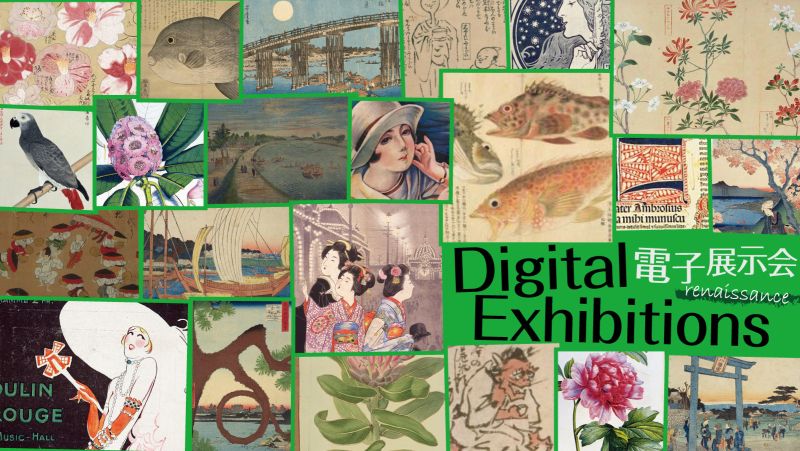Sosaku-hanga (creative prints) and Shin-hanga (new prints)

Although Edo-period ukiyo-e woodprints are now highly prized as works of art, the spread of lithography and photography during and after the Meiji era (1868-1912) resulted in a decline in traditional printmaking. During the first quarter of the twentieth century, however, printmaking was revived in two separate artistic movements.
The first of these was Sōsaku-hanga, which stresses the artist as the sole creator who draws the preliminary sketches, engraves the plates, and prints them himself. During the Edo period, ukiyo-e were produced by a collaborative, three-part division of labor performed under supervision of the publisher. In contrast to this tradition, the Sōsaku-hanga movement grew against a backdrop of individualism and respect for the self that became prevalent during the Taisho era (1912-1926) and was considered a means for the artist to freely express his individuality by doing everything himself.
In 1907 (Meiji 40), ISHII Hakutei, MORITA Tsunetomo, and YAMAMOTO Kanae collaborated to publish the magazine Hosun. Each issue of Hosun showcased self-engraved woodblock prints and self-portrait lithographs, effectively increasing awareness of the Sōsaku-hanga movement. Featured in the first issue were ISHII Hakutei's lithograph "Shoki," and YAMAMOTO Kanae's woodblock engraving of a newt and water plants appeared on the cover. Artists such as KURATA Hakuyou, ODA Kazuma, and KOSUGI Hoan joined the magazine's coterie. ODA Kazuma developed his lithographic Sōsaku-hanga through his work for Hosun, producing a series of works that depicted Taisho Japan's rapidly modernizing urban landscapes.
Also appearing at this time with the promise of reviving the traditional printmaking process was the shin-hanga movement. While Sōsaku-hanga was considered by many to primarily be a medium for hobbyists , shin-hanga was intended to maintain the traditional division of labor between artist, engraver, and printer, thereby enabling the artist create new works in collaboration with other craftsmen. The Watanabe Woodblock Print Shop played a pivotal role in the shin-hanga movement, achieving commercial success with numerous international customers despite facing significant challenges after losing printing blocks in the Great Kanto Earthquake. Two of the best-known shin-hanga artists were ITO Shinsui, who was a student of KABURAKI Kiyokata and had a talent for painting beautiful women, and KAWASE Hasui, who was a skilled landscape painter and is often referred to as "Hiroshige of the Showa era."
The National Diet Library holds in its collections a significant number of prints by KAWASE Hasui that were published after the Great Kanto Earthquake. These prints were particularly popular because of their increased use of color and photorealistic depictions, which set them apart from his work before the earthquake.
